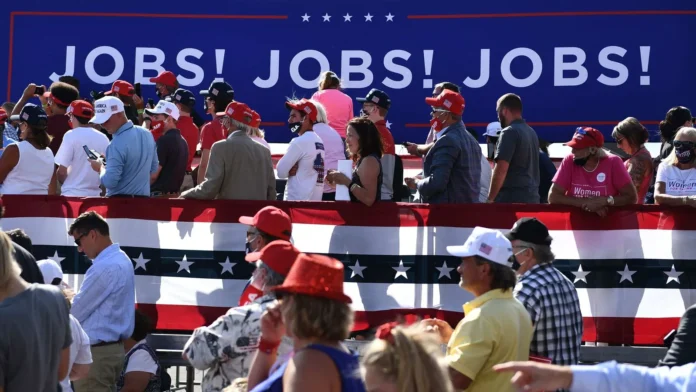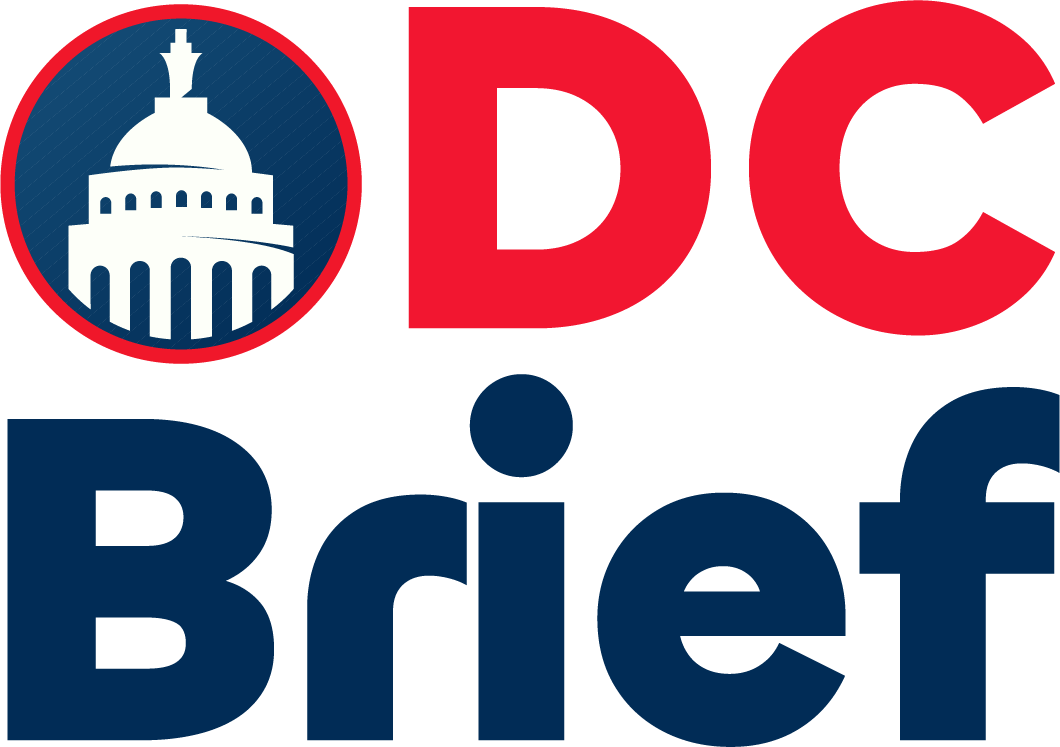The United States labor market has slowed sharply, raising concerns among economists and business leaders. Recent data shows employers added only 35,000 jobs on average over three months. That figure represents a sharp drop from earlier averages of over 120,000 monthly jobs. The decline spans several sectors, including manufacturing and federal employment. Many now question the future strength of the job market.
Experts point to overlapping causes behind the labor market struggles. One key reason is the surge in new trade tariffs introduced by the administration. These sweeping tariffs affect dozens of countries and many major goods like steel and cars. Businesses are facing increased costs and unpredictability, which discourages hiring. When companies fear rising expenses, they often pause expansion and recruitment.
According to economists, uncertainty is the largest threat to labor market stability. Shifting policies and fluctuating costs make long-term planning difficult for businesses. When firms can’t predict expenses, they hesitate to commit to new hires. The rising tariff rate has reached its highest level in nearly a century. This adds even more pressure on businesses already navigating tight labor conditions.
Another major factor behind labor market struggles is immigration policy. Experts report a sharp decline in the number of foreign-born workers over recent months. This drop affects industries that rely heavily on immigrant labor for growth. With fewer eligible workers, many businesses face staffing shortages. As a result, hiring has slowed even in sectors that typically show resilience.
For decades, immigrants have driven much of the U.S. workforce growth. Restrictions on legal immigration and deportations have tightened labor supply. The loss of Temporary Protected Status for many has also worsened the shortage. Many employers are struggling to find suitable candidates, especially for entry-level jobs. This limits overall economic momentum and slows business expansion.
Federal job cuts also contribute to labor market struggles. The government has eliminated thousands of positions as part of spending reforms. Though not the main driver, these cuts worsen broader employment challenges. The effort, backed by high-profile figures, aimed to reduce federal expenses. However, it has reduced employment opportunities in several key agencies.
Economists agree that the job market faces dual supply shocks from trade and immigration. These combined effects make it harder for companies to grow or plan for the future. Although some policies have stabilized recently, the damage lingers. It will take time before the labor market rebounds from these overlapping shocks. Until then, hiring will likely remain slow.
For more business updates, visit DC Brief.


